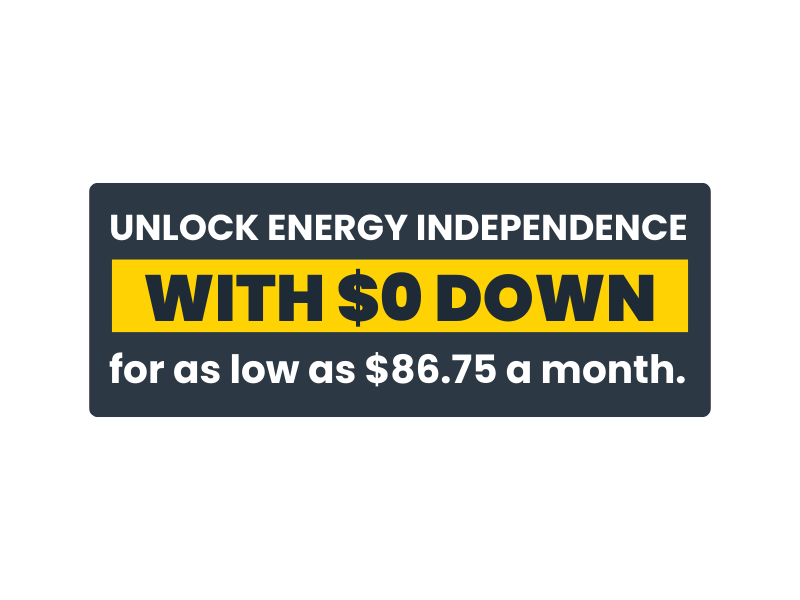It’s true that sunlight is available everywhere, which means that solar energy can be generated anywhere. However, your location does affect the production of your system. Energy output depends on a few things like energy input and system efficiency. Input refers to the amount of raw solar energy that a system is able to absorb or in other words, the amount of sunlight it can take in. There are several factors that contribute to how much sunlight a system can convert into usable energy. Let’s take a look at how geographic location, weather, and climate can impact your solar power production!
Geographic Location
The Earth receives sunlight at different intensities depending on the location. Sunlight hits the equator with the greatest intensity because the light comes directly and not at an angle. Higher and lower latitudes, on the other hand, receive light at an angle and overall lower intensity. Despite this seemingly unavoidable fact, solar systems are designed with respect to the angles of sun rays. Solar installers can customize the direction, spacing, and tilt of a ground-mounted system’s panels to maximize the potential energy production. Luckily, most rooftops in the Northern Hemisphere (across the U.S.) are constructed at angles and complement the structures of solar panel systems already.
Seasonal & Weather Patterns
Even within the same geographic regions, differences in weather can impact a system’s sun exposure. Rain and snow come from cloudy skies, which can block out the sun. Solar power can still be generated on cloudy days, but the overall production potential is lower than it would be when skies are clear. This is the same reason that solar panels have higher production rates in Summer than in Winter —the cold weather months reduce sun exposure and limit the energy that a system can absorb. A common concern about solar during inclement weather is direct blockage such as a build-up of snow or other debris on solar panels. Although an intense snowfall can quickly build on top of solar panels, the issue is minor. The surface material of a solar panel is rather slick so even if a layer of snow covers the panel, it typically slides away before it can hinder the system’s production.
Regional Climate
Your local climate isn’t limited to cloudiness and precipitation; climate includes temperature changes as well. Solar panels are most efficient in mild temperature ranges. A solar energy system can continue absorbing and generating energy in just about any climate, but extremely high temperatures cause the system to operate at a lower efficiency. A clear sunny day with temperatures hovering around 75° is the ideal solar scenario, as the panels would receive ample direct sunlight without overheating. Solar installers take this issue into account while designing the height and panel spacing of a system. In hotter climates, a design that increases airflow and prevents overheating is essential.
Thrive on Solar with YellowLite
YellowLite was founded in Cleveland, Ohio —one of the cloudiest cities in the country. Part of our mission was to prove that solar power is a valuable and realistic alternative energy option throughout the U.S. Our team of solar experts has installed over 1,000 residential, rural, and commercial solar power systems across many states. We’re determined to make your clean energy goals a reality.
Reach out to a YellowLite solar consultant to start planning your solar project!
Call us at 216-333-1364
Email us on https://www.yellowlite.com/contact-us/



